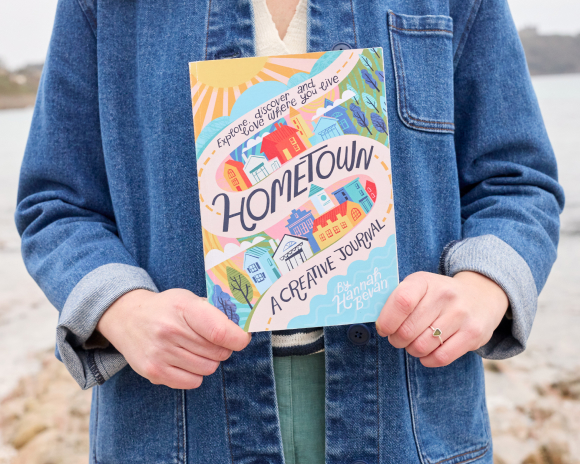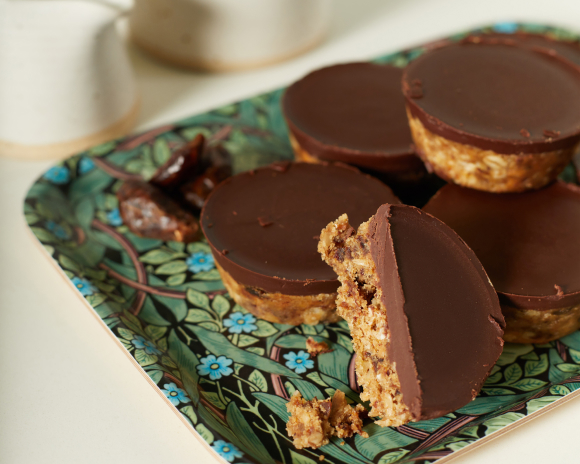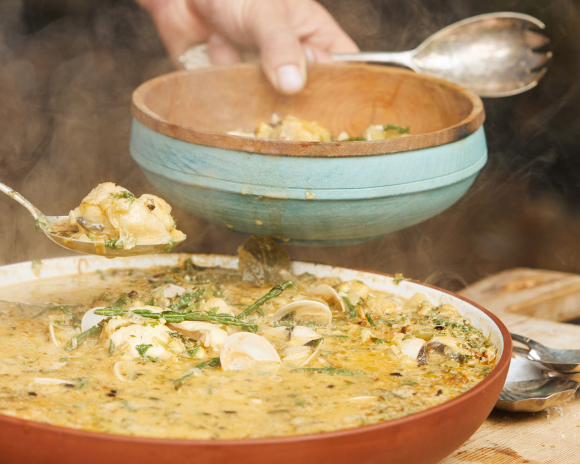Seascape Painting Tips with Maxine Hart
Cornish artist Maxine Hart shares her expert tips for capturing seascapes in watercolour.09/05/23


We caught up with Cornish artist Maxine Hart to find out how the ever-changing landscape of our coastal home inspires her work. Maxine often combines various painting and drawing techniques in her abstract pieces, and she shares her top tips for capturing the colour, movement and texture of seascapes below.




Maxine wears our organic cotton Little Grebe Fair Isle Vest
Where do you find inspiration?
My daily walks are a way of immersing myself in the landscape. They inspire me to create a visual language of what I see and feel.
The weather in Cornwall is usually a great catalyst for the exciting and expressive seascapes we observe, and this is usually an easy starting point for creating a painting.




How should I make a start?
I use a small watercolour pan when I’m out sketching. There are limited colours and it’s very portable. It’s a great piece of equipment to have, whether you’re a beginner or a professional artist.
I like to start in a sketchbook – it doesn’t have to be watercolour paper. With a soft pencil, sketch the view in front of you to give a guideline for where your colours will go.
First, sketch the horizon line. I have it high on my page if I am wanting to concentrate on the sea or beach, or low on my page if I want the sky to be a dominant feature in my painting.
Draw in some fluid lines for cloud shapes, wave shapes or maybe even cliff, headland and beach lines, keeping your sketching light and expressive to generate movement. Rather than trying to draw everything, select an aspect of the scene and concentrate on it.




What should I do next?
Once you’ve got an idea of your composition, you can load up a large brush with a mix of cerulean blue and sienna or burnt umber and some water to create a warmer blue.
Sweep your colour across most of the sea area on your page, starting with any larger sketched shapes first.
Then, establish what colour the sky is. Perhaps it’s dark and moody, or maybe a light, hazy, sunny day. Use a Prussian blue for dark sky or a warmer, lighter blue for that sun-filled summer sky.
You can always dab away excess water and colour with a rag or paper towel to reveal clouds or exaggerate a summer haze. Don’t forget to look at different tones – both dark and light – which create the atmosphere you are trying to capture.
You can then build up the various shapes you see, small and large, now you have laid down your sea and sky colour.
Watercolour can also be used in stages. Let areas dry and then work on top to darken the tone, or work when it’s still wet and let bands of changing colour flow into each other across the page.




What about the final details?
Wet paint can be drawn into with pencil too, which will help direct the line and add detail to your scene. Perhaps it’s rocks and pebbles in the foreground, or a boat or some trees in the distance, hovering over the hills (particularly if you are painting anywhere around the Helford!)
Using small strokes and lines, you can add a few descriptive touches with a smaller brush and neat paint from your palette in an accent colour like pink, red or yellow. Or perhaps you’ll choose seasonal shades or bright, beachy colours.
Most importantly, remember to have fun with your seascapes. Be expressive and experiment with the paint and different brush sizes, and learn to embrace those happy accidents whilst creating that special scene in front of you.


You can find out more about Maxine and discover her work on her website Maxine Hart and Instagram.




